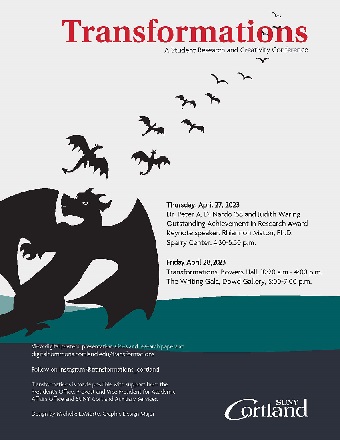Files
Download Full Text (4.7 MB)
Faculty Mentor
Dr. Peter Ducey
Abstract
The terrestrial planarian, Bipalium adventitium, is an invasive predator on earthworms. Despite having a wide range in the United States, neither its population densities, country of origin, nor ecological impacts are known. A factor contributing to this limited knowledge is the lack of an effective sampling technique for determining planarian abundance. Although scientists have begun to study the ecological impacts of some planarians using selected field techniques, there has not been a study analyzing the effectiveness of multiple techniques. My study investigates the effectiveness of five sampling techniques commonly used on organisms of similar microhabitats to B. adventitium: select point sampling, mustard applications, hand-sorting leaf litter, cover objects, and pitfall traps. The five techniques are being applied in three different types of terrain to assess any impact terrain may have. My study also begins analyzing the spread of B. adventitium across the United States, taking into consideration factors that may limit the spread of this species. These data can be used to project where the home range of B. adventitium may be. My results will help further studies into the abundance of non-native terrestrial planarians and their possibly detrimental impacts on ecosystems.
Publication Date
5-2020
Document Type
Article
Keywords
Planarians, Bipalium adventitium, Invasive species, sampling techniques
Disciplines
Biology



